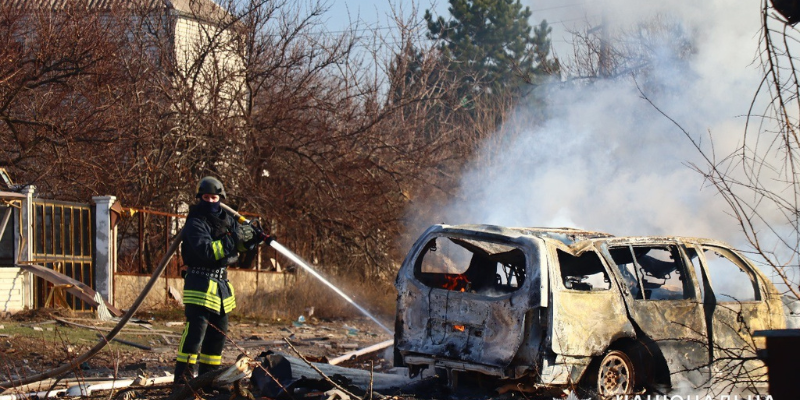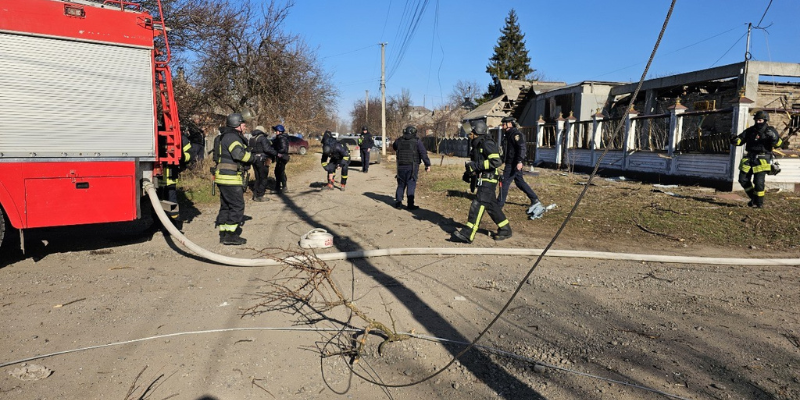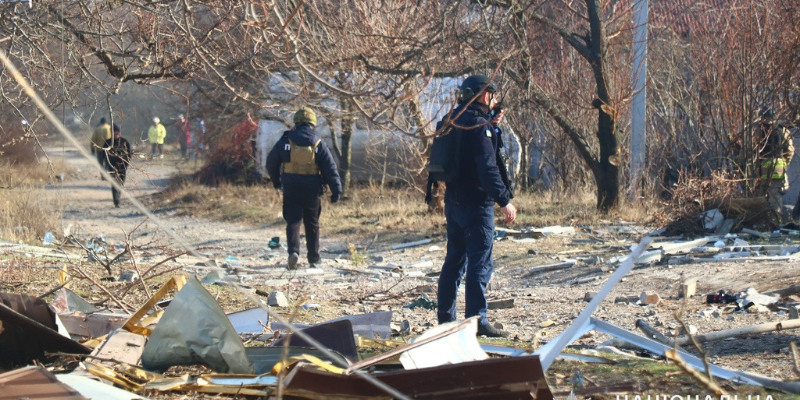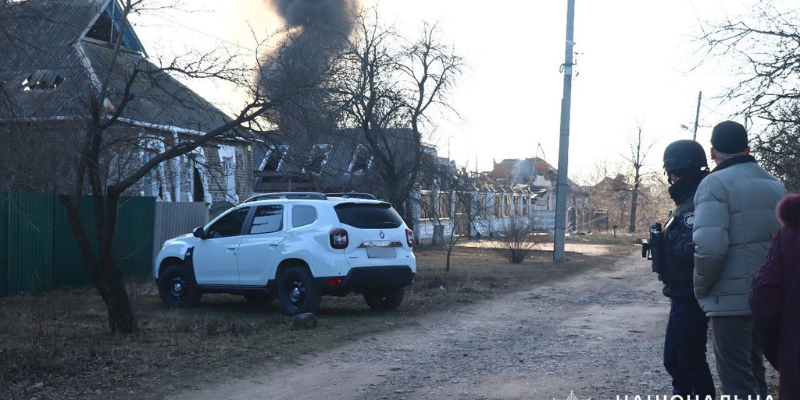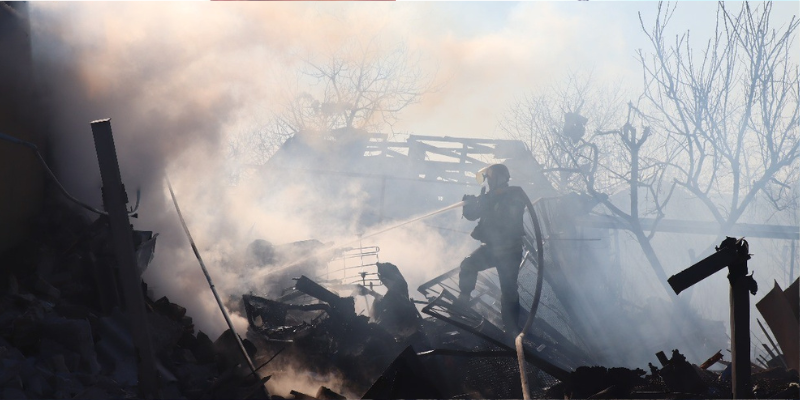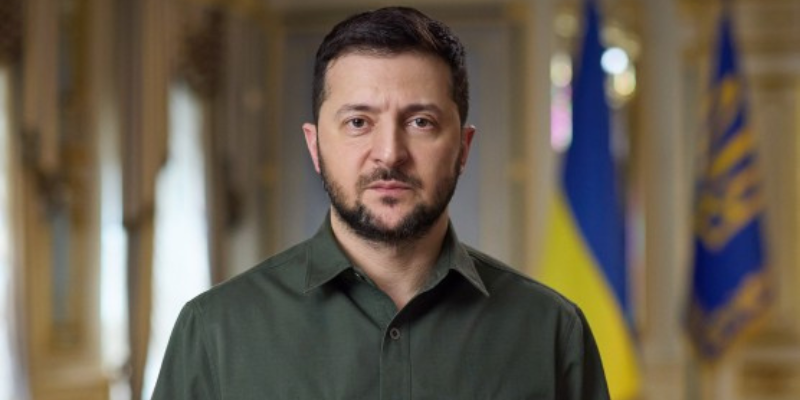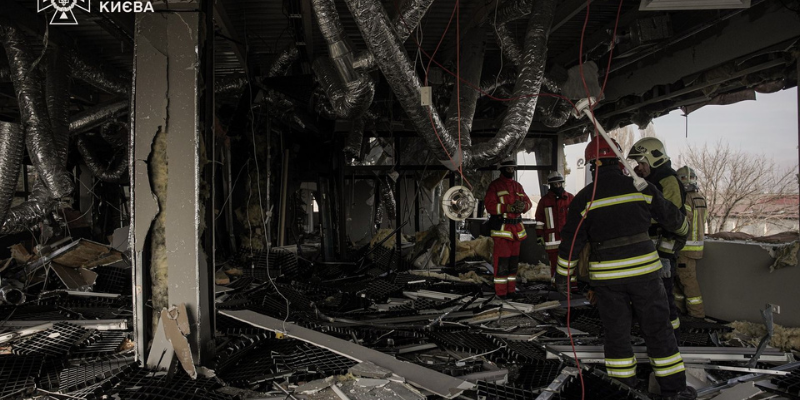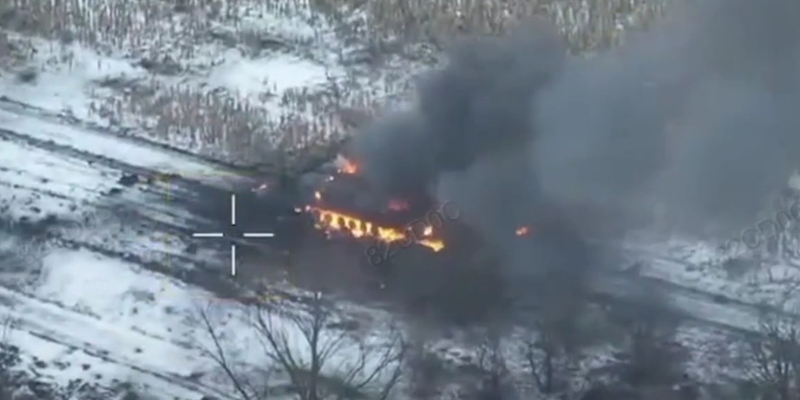German defense minister: Putin remains a threat to Europe even after a peace deal
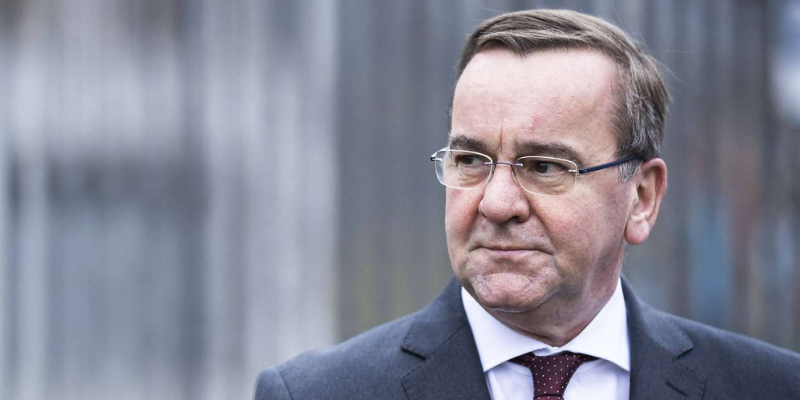
German Defense Minister Boris Pistorius warned that Kremlin ruler Vladimir Putin will continue to pose a threat to Europe even if a peace agreement is reached between with Ukraine that Moscow caused unjustifiably.
Speaking at the “Night of Innovation” event ahead of the Munich Security Conference, Pistorius said the U.S. administration under President Donald Trump is pushing for a swift peace deal, while ensuring stability in the region will fall to European nations. However, he cautioned that Europe cannot afford to relax.
“Putin will continue to attack us in a hybrid manner. He will remain a threat to our continent,” Pistorius said.
He emphasized that European security must be built on military strength and technological innovation. The war in Ukraine has demonstrated the rapid evolution of defensive technologies, shifting “not over years, but in months and weeks,” he said.
Pistorius identified four key areas shaping the future of military technology: artificial intelligence, quantum technologies, drones, and cybersecurity. “No future peace agreement can be reached without Ukraine’s involvement. And any deal that excludes Europe will not work,” he concluded.
SOURCESymbolic number of the Day
Russia targets Ukraine with 133 drones overnight. Russian forces launched 133 Iranian-provided Shahed-type attack drones and other unmanned aerial vehicles at Ukraine overnight on Feb. 13, with Ukrainian air defenses destroying 73 and losing track of 58 without reported consequences, the country’s Air Force said on Feb. 12.
The drones were intercepted over multiple regions, including Kharkiv, Poltava, Sumy, Cherkasy, Chernihiv, Kirovohrad, Zhytomyr, Khmelnytskyi, Zaporizhzhia, Mykolaiv, and Odesa.
SOURCEWar in Pictures
One civilian killed, five more injured, including a child, in Russian airborne strike on Kramatorsk. A Russian airstrike on a residential area in the Donetsk regional town of Kramatorsk at midday killed one person and injured five others, including a 16-year-old girl, local authorities reported.
Russian forces dropped two FAB-250 bombs on the city, igniting homes and vehicles. A 46-year-old man succumbed to his injuries at the hospital despite resuscitation efforts, police said. Among the wounded are the victim’s 46-year-old brother, an 18-year-old man, and a family of three: an 84-year-old grandmother, a 47-year-old father, and his teenage daughter.
Emergency responders, including police investigators, bomb technicians, and paramedics, are working at the scene.
SOURCEVideo of the Day
Ukraine’s military intelligence has released footage showcasing the combat effectiveness of the domestically produced Bohdana self-propelled artillery system against Russian forces on the front line. The Bohdana, a 155mm howitzer, continues to strike Russian positions with precision and long-range fire, Ukraine’s Defense Intelligence Directorate (HUR) said in a statement. The video shows coordinated operations between reconnaissance units and artillery crews, with drone operators identifying enemy targets and the Bohdana crew delivering strikes.
SOURCEInstitute for the Study of War (ISW) report

Key Takeaways:
- Ukraine’s European partners announced new military assistance to Ukraine amid the February 12 Ukraine Defense Contact Group (the Ramstein format) meeting.
- Russia reportedly lost just over 5,000 tanks and armored vehicles during 2024 compared with 3,000 in 2023.
- IISS noted that Russia has adapted some of its tactics to address ongoing equipment shortages and is increasingly relying on infantry-led assaults to advance along the frontline.
- It remains unclear if Russia can repair and newly-produce a sufficient number of tanks and armored vehicles to replace losses in Ukraine and equip new Russian units.
- Estonia’s Foreign Intelligence Service (EFIS) assessed that Russia is attempting to build its capabilities not only to support Russia’s war effort in Ukraine but also to prepare for a potential future war with NATO, which is consistent with ISW’s assessments about ongoing Russian efforts to prepare its military and society for a future conflict with NATO in the medium to long-term.
- Ukrainian forces continue to target Russian energy and military infrastructure as part of an ongoing strike campaign against Russian defense industrial enterprises.
- The Moldovan Ministry of Foreign Affairs (MFA) announced on February 13 the termination of the Moldovan-Russian Intergovernmental Agreement on the establishment and functioning of Russian cultural centers in Moldova in response to ongoing reports of Russian drones violating Moldovan airspace.
- Russian forces recently advanced near Borova and Siversk.
- Russian officials continue efforts to increase recruitment for the “BARS-Bryansk” volunteer territorial defense detachment.
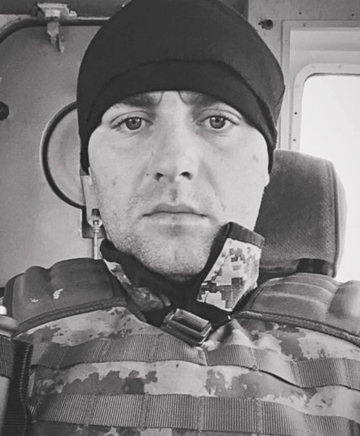
Petty Officer of the Second Class Ihor Savera was killed on 29 August 2024 during a combat mission as a result of a rocket attack near the village of Burlacha Balka, Odesa region. The defender was 30 years old.
Savera was born in the Ukrainian city of Donetsk. He studied at the multidisciplinary lyceum №37. Then he entered the Donetsk Military Lyceum with enhanced military and physical training. In 2014, he moved to Odesa. Two years later, he signed a contract with the Ukrainian Navy and went to serve on the Chyhyryn military boat. He was the commander of the department.
At the beginning of the full-scale invasion, Ihor and his comrades were the first to meet Russian aircraft at sea. They reconnoitered the enemy air and naval situation in the Black Sea, defended the Pivdennyi port, Odesa port, Chornomorsk port, and provided mine control in the Black Sea and Danube River to ensure the safe passage of civilian vessels for the grain corridor.
The soldier was repeatedly awarded certificates of merit and letters of commendation for the conscientious performance of his duties. He was awarded the 2nd Class Excellence in Military Service and War Veteran badges, a certificate and badge of a combatant, and the Coin of the Navy of the Ukrainian Armed Forces Naval Base Pivden.
“As a soldier of the Armed Forces of Ukraine, Ihor showed extraordinary courage and loyalty to his country, and gave 8 years of his life to his homeland. According to his comrades, Ihor was a very brave, courageous and loyal comrade. He had many plans for his life, which, unfortunately, he will not be able to fulfil. He gave his life for us. He leaves behind a little girl who will never see and hug her dad again and whom he will not be able to take to first grade. His death has been a huge loss for me as his wife, his little girl, his family, friends and comrades. His sacrifice will not be forgotten, his memory will live on forever,” his wife Yulia wrote.
The defender was buried in the village of Burdivka, Odesa region. At home, Savera’s wife and daughter, who was 5 years old at the time of his father’s death, were waiting for him.
*Ihor’s story on the Heroes Memorial – a platform for stories about the fallen defenders of Ukraine.
SOURCELatest news
- Defense Secretary: Nuclear arms for Ukraine decision rests with Trump
- Nine Russians surrender to drone with loudspeaker operated by Ukrainian paratroopers
- Vance wields sanctions, military threats to push Putin on Ukraine
- Macron: Trump’s return would be electroshock pushing Europe to take care of itself and Ukraine
- Rubio: Trump doesn’t want pause, but complete end to war in Ukraine
